Vampyr review – in pictures
Will you be baying for blood or become a healing saint?

A REAL BLOODSUCKER
On paper, being a vampire seems rather fun. Not only do you get supernatural strength, but you don’t have to worry about getting grey hair or wrinkled skin. But then you remember you’d never be able to enjoy the sunshine or chow down on some garlic bread ever again. The horror. The new action RPG, Vampyr, offers a similar experience. At first, using all your vampiric powers to butcher your way through enemies provides thirst-quenching satisfaction. But then you encounter its many, many flaws. That’s not to say Vampyr isn’t bursting with fresh ideas. It’s an incredibly ambitious title byLife is Strange developer Dontnod, but unfortunately that’s not enough to hide the foul stench of mediocrity.

LONDON’S CALLING
Set during the Spanish flu pandemic in 1918’s London, Vampyr has a very gothic vibe to it. Whether you’re exploring the foggy streets, the dank sewers or the corridors of Pembroke hospital everything looks dark and gloomy. The instrumental score does an excellent job of giving a sinister character to all of these locations, with the cello in particular giving me waves of goosebumps. However, predictable enemy patrols and a lack of difficulty prevents any form of tension from materialising. Plus, the dread of venturing into the unknown soon fades, as you spend a good chunk of time retracing your steps in the compact open-world.
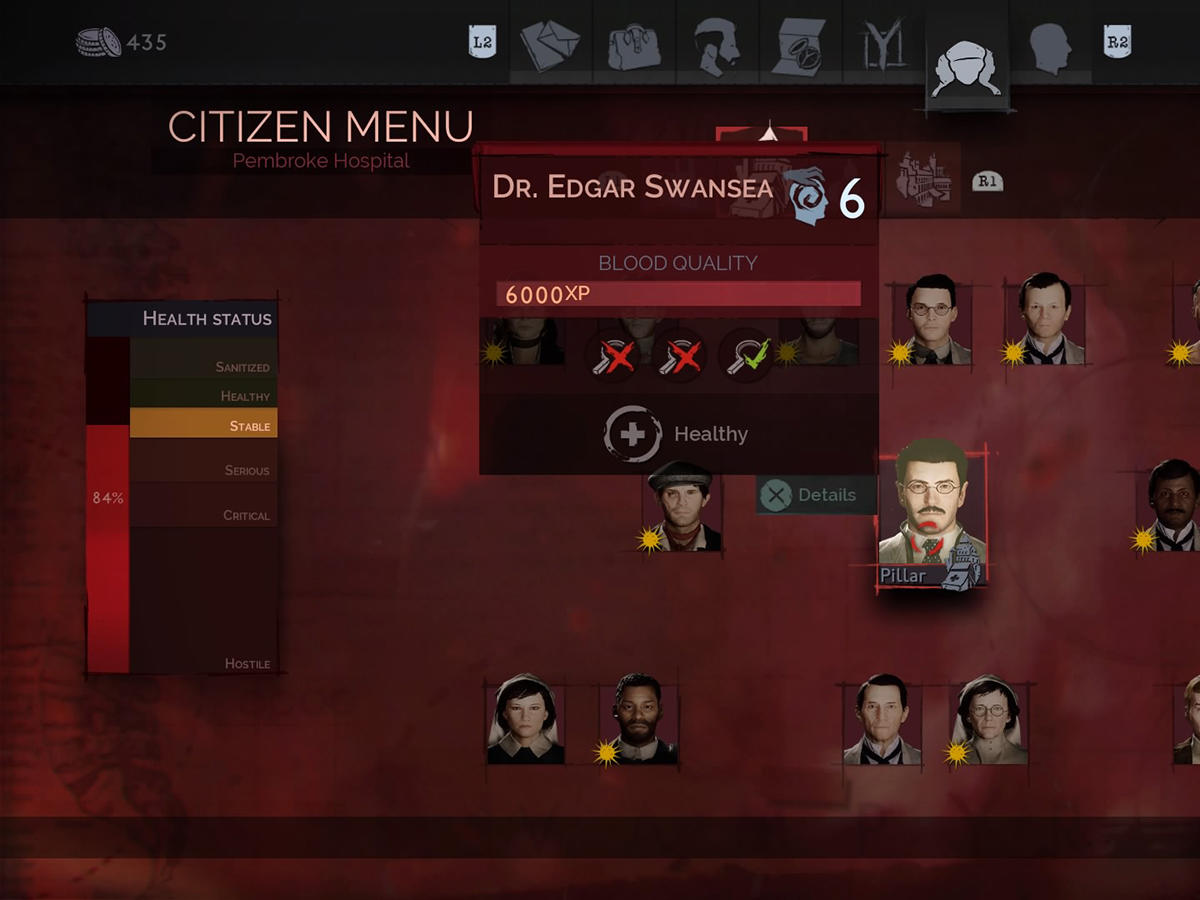
NEW BLOOD
Ever since Twilight turned bloodsuckers into a laughing stock, there’s been a void of decent vampire stories. Vampyr attempts to stake a claim as the turning point for the undead genre, but frustratingly falls short. You assume control of Jonathan Reid, a renown doctor and recently turned vampire. As well as doing his best to find the source of the vampiric disease, Reid spends the majority of the story searching for his maker – the vampire who infected him. While this venture initially exposes you to delightfully dirty politics and grounded yet engaging tales from the supporting cast, the story takes several absurd twists that cripples all of the promising momentum.
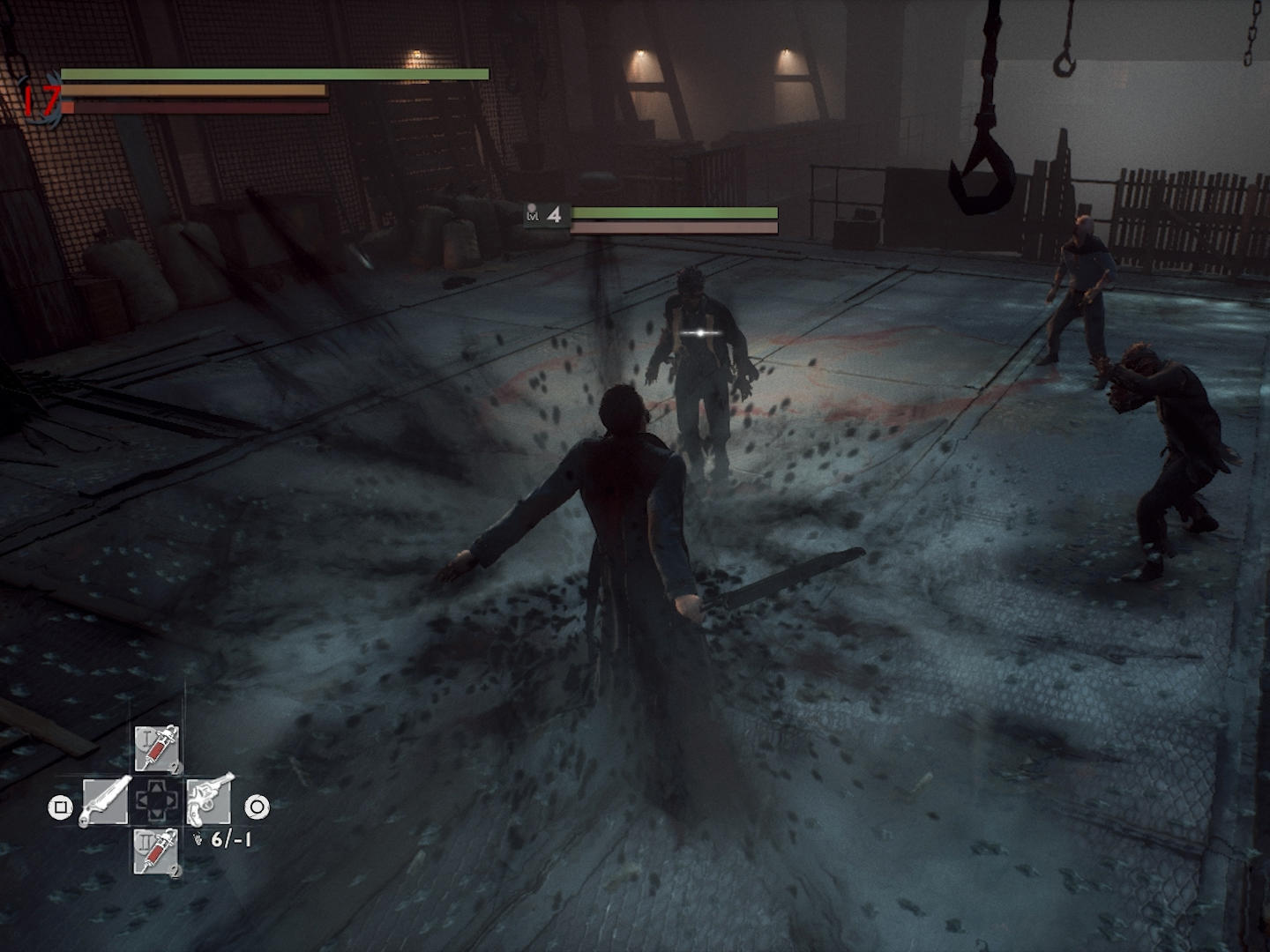
FUSSY EATER
The interactive segments of the story do at least provide a few memorable moments, as you’re forced into tough dilemmas where you must choose between trusting your moral compass or your instincts. Even outside the main story, morality is never black or white. You might think that thuggish brute who bullies shopkeepers for money deserves to be drained of his blood, but then you’ll find out he’s only doing it to feed his child. Find out too late and you’ll be burdened a with a potent dose of guilt. There’s weighty in-game consequences to your decisions too, with the potential of turning any of the thriving communities into a hunting ground for blood-hungry beasts.
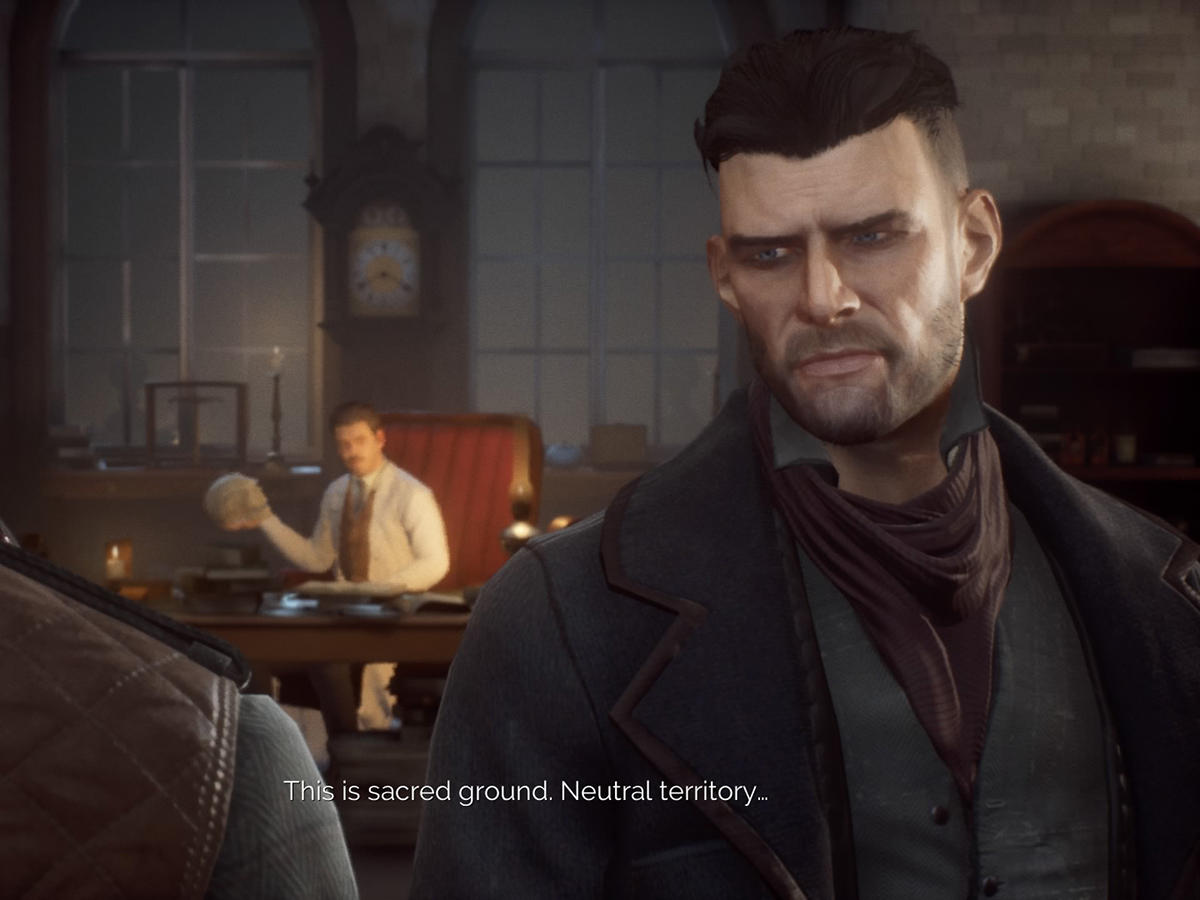
MIDNIGHT SNACK
It’s not just dialogue options that threaten dire consequences. Vampyr gives you the capability to feed on almost any civilian, given that your ‘Mesmerize’ ability is a high-enough level. Draining a civilian of their blood results in a tasty portion of experience points, which can be spent unlocking or upgrading your vampiric powers via a skills tree. However, it can also lead to an increase of disease and the deterioration of the district they reside. As a doctor, it’s possible to manage the spread of disease by crafting and giving civilians medicine. This is important whether you have compassion or not for each of the characters, as a healthy blood donor means a greater feast of XP.
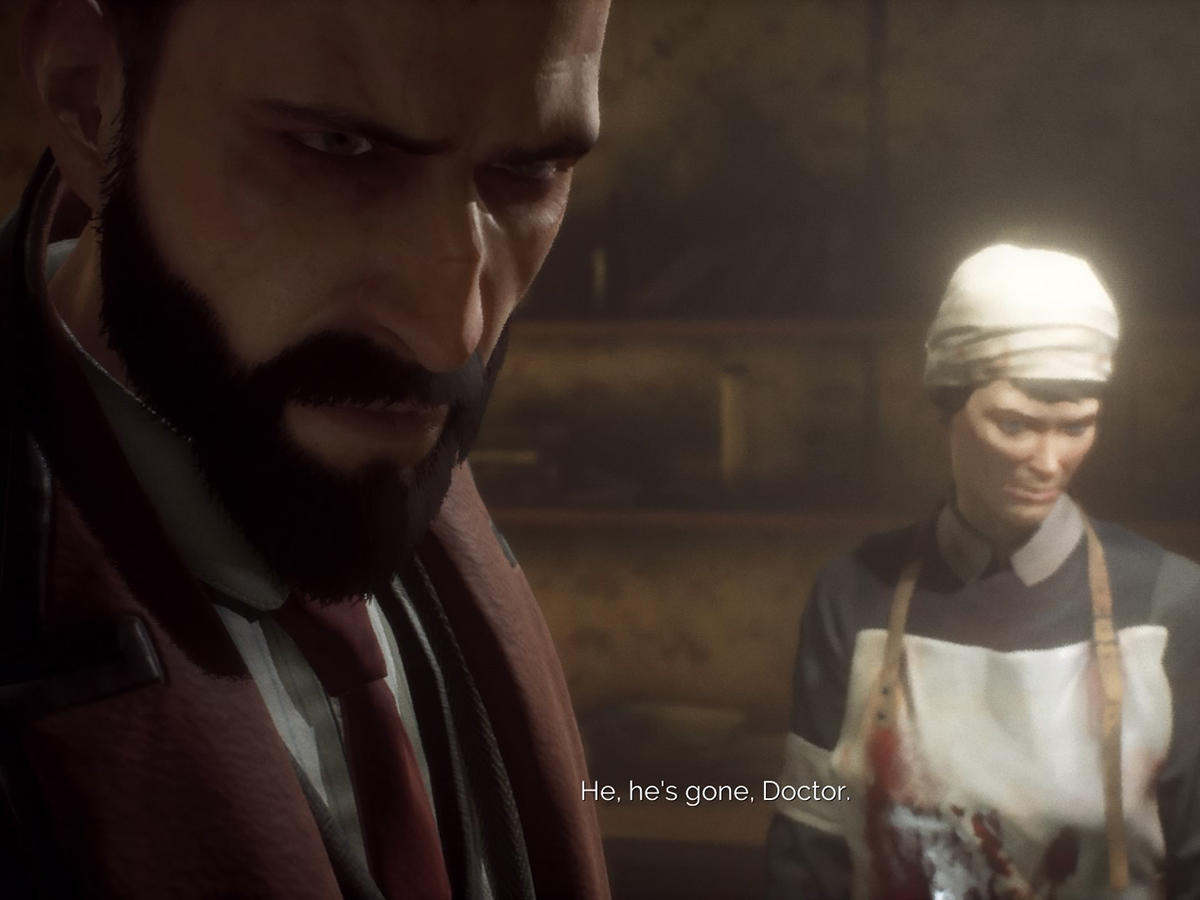
ALL YOU CAN EAT
But while moral aspect is a fantastically inventive idea, it’s not executed very well. Despite playing the majority of the game without feeding on anyone, I still had plenty of experience points to treat myself to the various upgrades and rarely encountered problems with the difficulty. Had unlocking the strongest vampiric moves only been possible to attain via gorging on blood, then the temptation to go on a killing spree would have been much more difficult to resist. But as it is, sticking to the righteous path seems a no-brainer.
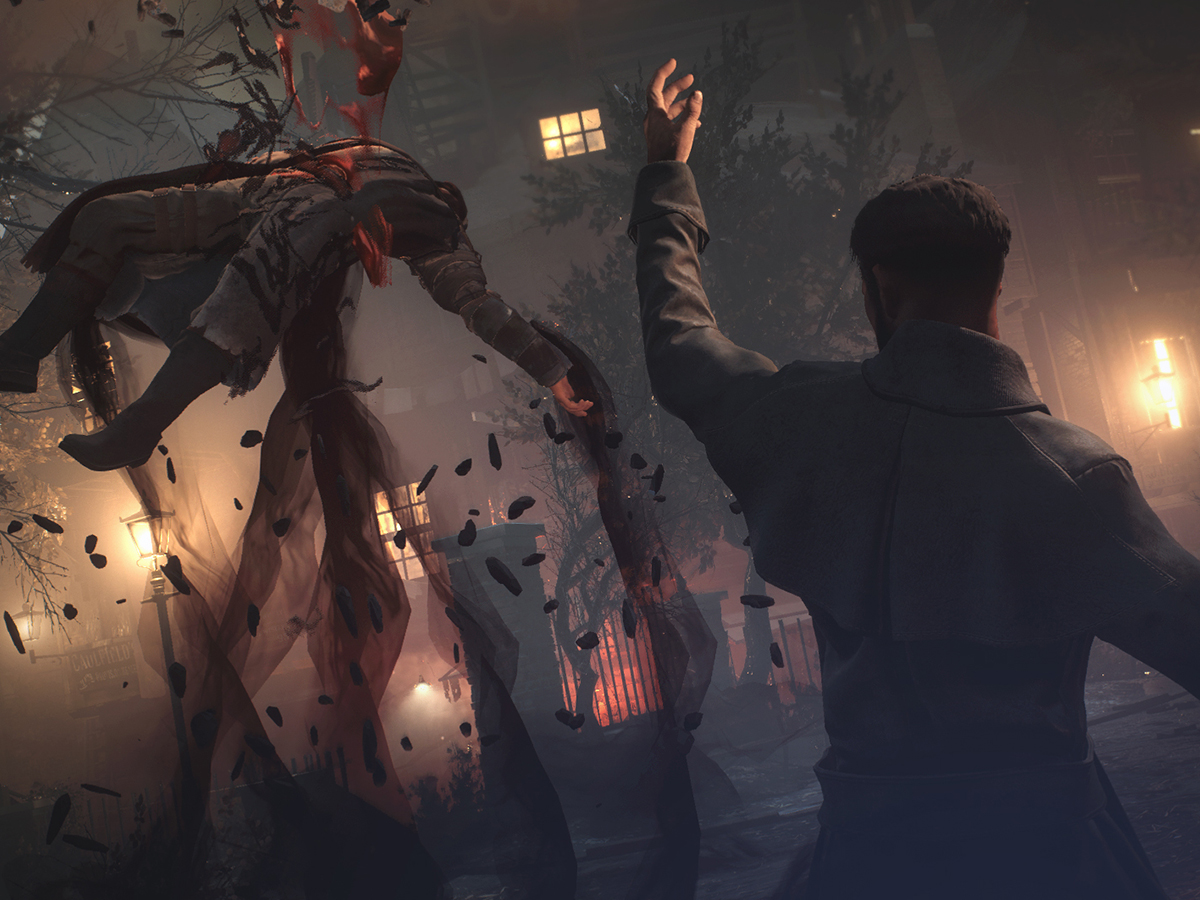
THE DARK ARTS
Unsurprisingly, the best thing about being a vampire is using your supernatural powers in combat. Instead of dodging like us normal folk, Reid can teleport a short distance. Using this power to dash behind the enemy and slice through their back with a hacksaw never gets old. The ability to boil an opponent’s blood or summon shadowy arms to pull their limbs apart are also delightfully dark, but all of these moves come at a cost: you’re significantly overpowered. Stun an enemy with your stake and drink their blood, and you’ll get a substantial health boost. This feature means I never really got concerned about running low on health, as I always had access to the red stuff.
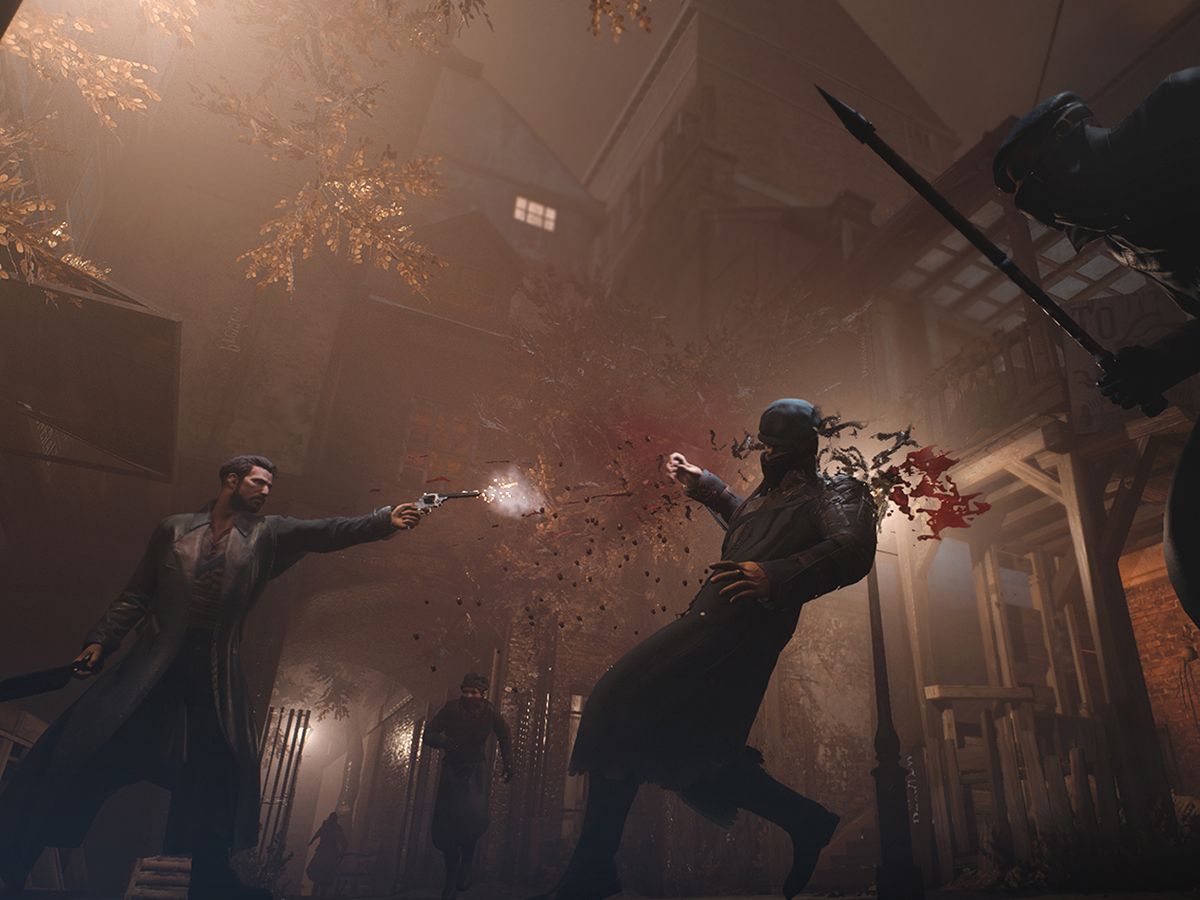
PLAGUED WITH BUGS
There’s already enough shortcomings in Vampyr to subdue its potential, but it’s the seemingly endless list of technical hiccups that left the sourest taste. The fog-dense streets frequently lost their menacing vibe due to pop-in textures, while combat was repeatedly interrupted by dips in frame rate. A loading icon would also abruptly pause the game if I moved too quickly through the small open world, which suggests that Vampyr has been constrained by financial limitations. Most of these issues aren’t game-breaking (aside from a complete crash towards the end) but there’s still enough here to turn mild irritations into frustration. Hopefully a post-release patches will cure Vampyr of these bugs in due time.
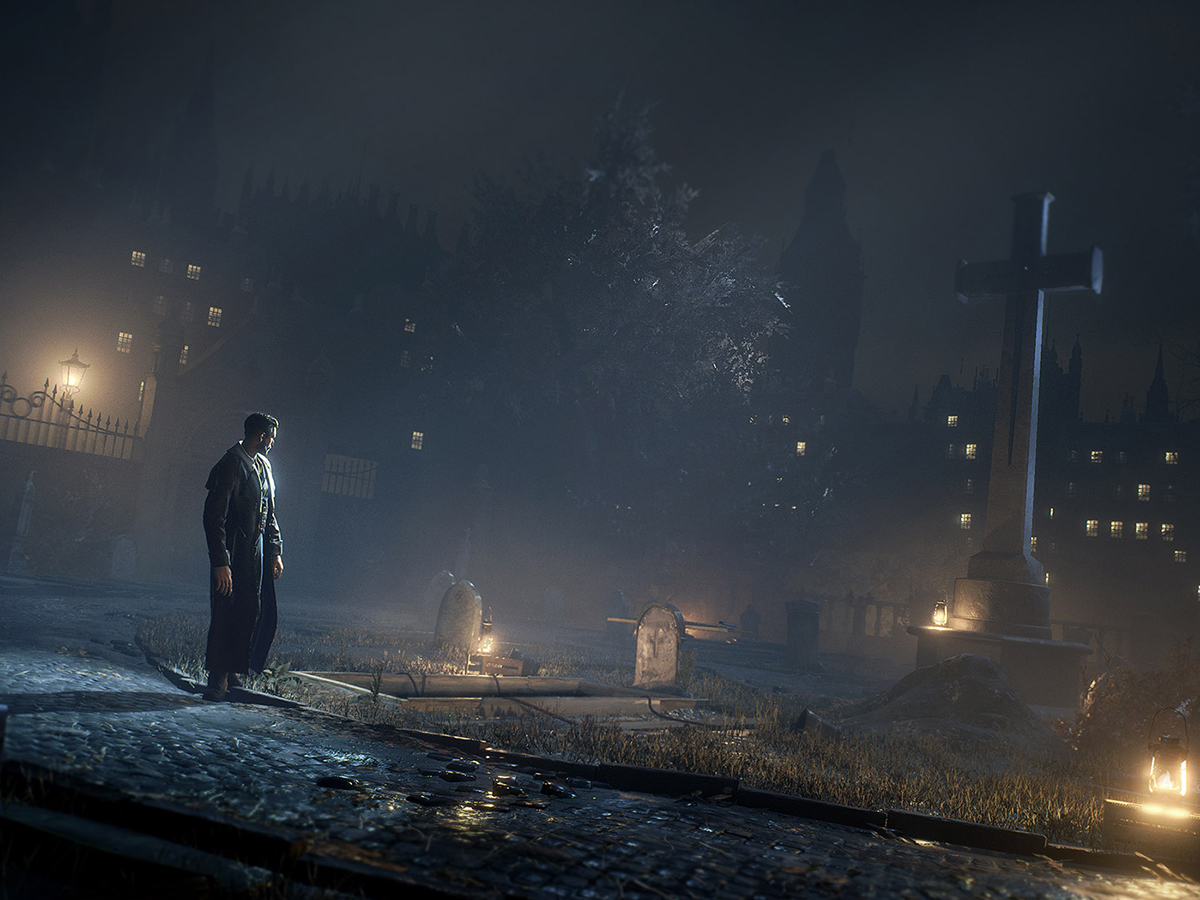
THE FINAL VERDICT
Vampyr is a frustrating game – not just because of its many technical bugs, disappointing story conclusion or simplistic combat, but mainly because it failed to live up its lofty potential. The core idea to make the player choose between extra experience points and horrifying narrative consequences is a great one – it just isn’t implemented very well. In fact, that’s probably the best way to summarise Vampyr as a whole. It talks a good game, but lacks that all-important bite.


